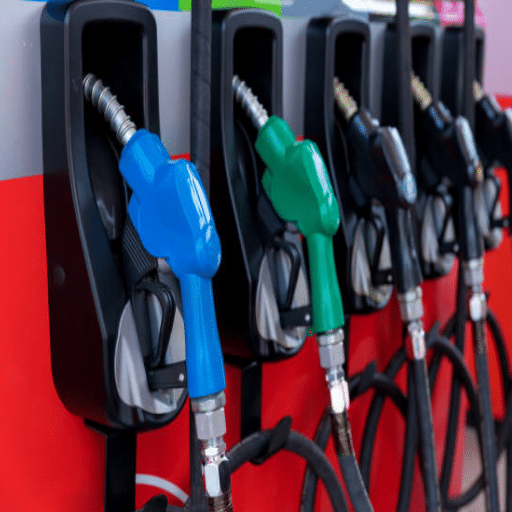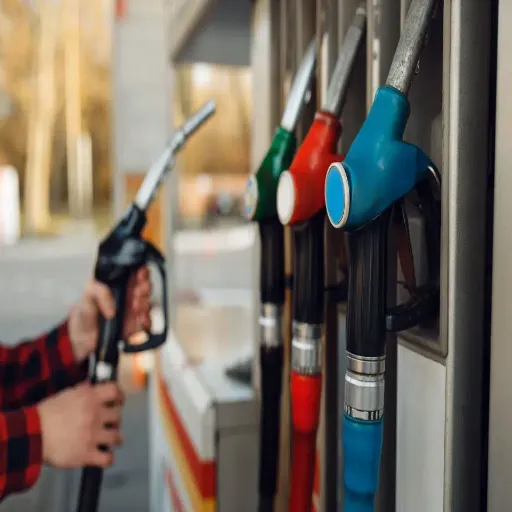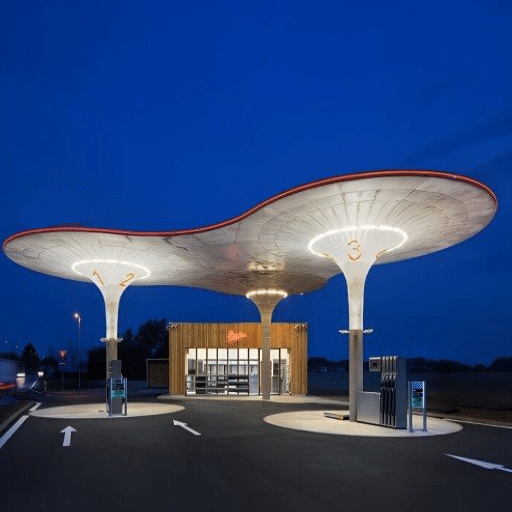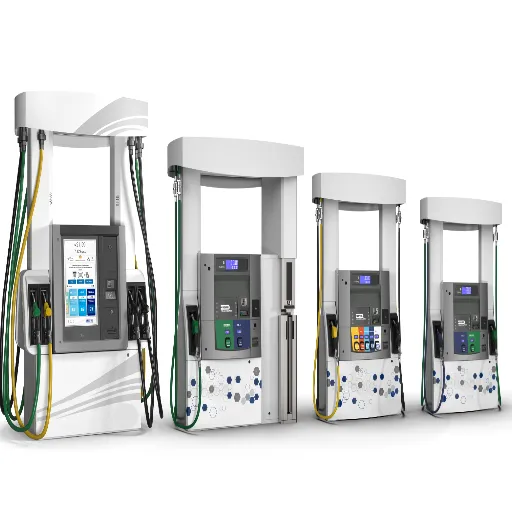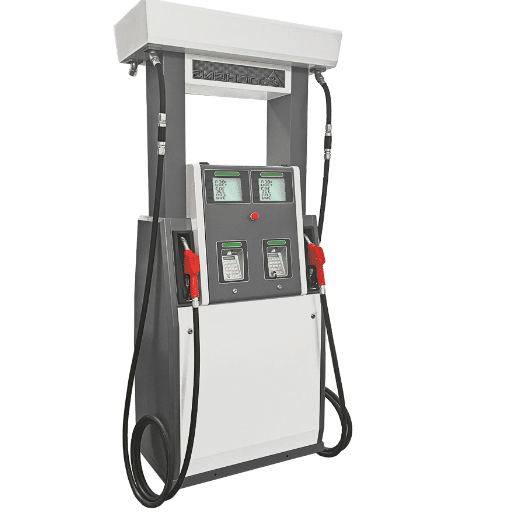Top Gas Station Construction Contractors in China
When it comes to erecting gas stations across China, the finest builders in stations make sure that only the best solutions go into realize new gas station construction projects. These highly skilled professionals, working on every aspect of gas-station construction job, partner with leading Chinese manufacturers to supply advanced, durable, and efficient materials. Their unmatched expertise anchors innumerable projects from designing to executing within stipulated time and budget and up to international standards. Hence, for every need in gas station construction, opt for China’s best, and every detail will be treated with unparalleled quality and professionalism.
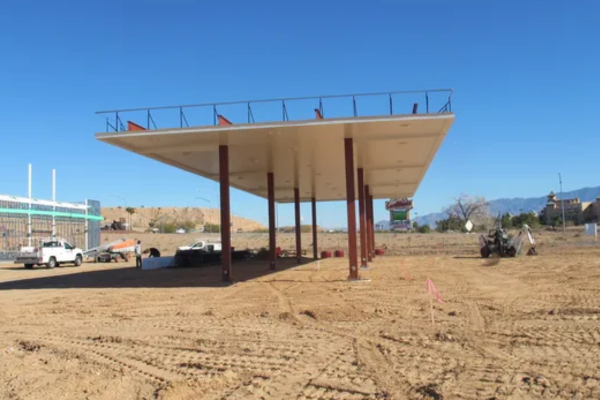
What Are Gas Station Construction
Gas station construction refers to the process of designing, building, and equipping facilities that supply fuel for vehicles, alongside other services such as convenience stores, car washes, or repair centers. This type of construction involves a detailed understanding of zoning regulations, environmental compliance, safety standards, and the integration of fuel storage and dispensing systems. The process typically includes site selection, design planning, underground fuel tank installation, utility connections, and the construction of the main service building.
Functions of our Gas Station Construction
Gas station construction is designed to provide seamless fuel access while incorporating advanced safety, efficiency, and sustainability measures, ensuring a reliable, modern fueling experience for drivers.
Enhanced Fuel Dispensing Systems
State-of-the-art fuel dispensing technology ensures accurate measurements, fast refueling speeds, and durability, optimizing convenience for operators and customers alike while maintaining compliance with industry standards.
Advanced Safety Features
Integrated safety solutions include fire suppression systems, leak detection, and robust structural engineering, prioritizing the protection of users, equipment, and the environment during operation.
Energy Efficiency and Sustainability
Environmentally responsible designs utilize modern energy-saving equipment, renewable resources, and innovative waste management practices to reduce the ecological footprint of the gas station while ensuring operational cost savings.

Key Benefits of Gas Station Construction
Gas station construction plays a crucial role in modern infrastructure, offering essential services to travelers and communities. With strategic planning and innovation, these facilities provide convenience, increased revenue opportunities, and support for evolving energy needs.
Enhanced Accessibility to Fuel
Modern gas station construction ensures accessibility for customers with convenient locations, efficient layouts, and multiple fueling options, enhancing the customer experience and reducing wait times significantly.
Revenue Boost Through Additional Services
Gas stations are now multifunctional, featuring stores, car washes, and dining areas. These amenities significantly increase revenue diversification and attract customers searching for comprehensive services on the go.
Adaptability to Alternative Energy Sources
Eco-friendly gas stations integrate electric vehicle (EV) charging stations, providing compatibility with alternative energy. This feature positions stations as forward-thinking and resilient in the changing energy landscape.
Community and Economic Growth
Constructing gas stations can boost local economies by creating jobs, increasing regional commerce, and improving daily commutes, benefiting the surrounding communities and fostering development.
What Is The Difference Between A Fuel Station Design Layout And A Small Gas Station Construction?
- A fuel station design layout emphasizes optimizing vehicle flow and fuel dispensing efficiency, while small gas station construction focuses on compact infrastructure tailored to limited land availability and resources.
- Fuel station design layouts are broader, addressing detailed blueprints and operational logistics. Small gas station construction prioritizes building essentials, cost-efficiency, and compliance with local zoning and safety requirements.
- Design layouts consider functionality and aesthetics, planning vehicle movement and customer experience. Small gas station construction highlights physical development, focusing on material usage and minimizing construction timelines for quick operational readiness.
How to Choose the Right Gas Station Construction for Your Application?
- Evaluate location-specific regulations, environmental factors, and traffic patterns to ensure the gas station design complies with local codes and meets operational demands effectively.
- Choose durable, weather-resistant construction materials and sustainable designs to enhance long-term performance, safety, and customer satisfaction, while minimizing maintenance costs and environmental impact.
- Partner with experienced contractors specializing in gas stations for tailored solutions, ensuring proper equipment installation, efficient layouts, and adherence to safety and compliance standards.
Comparison Table for the Gas Station Construction
| Parameter | Description | Typical Value/Example |
|---|---|---|
| Location Requirements | Site selection ensuring accessibility and compliance with zoning regulations. | Urban intersections or highways. |
| Fuel Storage Tanks | Underground or above-ground tanks for storing different fuel types safely. | 10,000 - 50,000 gallons. |
| Fuel Dispensers | Equipment to pump fuel into vehicles efficiently and safely. | Multi-product dispensers. |
| Canopy Dimensions | Overhead structure providing protection from weather for customers. | 40-60 feet wide, 20-30 feet tall. |
| Environmental Systems | Measures to prevent contamination and ensure eco-friendly operations. | Vapor recovery systems. |
| Electrical Systems | Power systems for lighting, operations, and additional services like EV charging. | 240V for EV stations, LEDs. |
| Number of Stations | Total fueling bays to accommodate multiple vehicles simultaneously. | 4-12 fueling stations. |
| Safety Features | Protection measures to handle fire or fuel spills effectively. | Fire extinguishers, spill kits. |
| Additional Facilities | Amenities for customer convenience or additional revenue options. | Convenience store, air pumps. |
Top Applications of Gas Station Construction
Fuel Distribution
Convenience Store Integration
Electric Vehicle Charging
Vehicle Maintenance Services
Why Choose Our Gas Station Construction
-
The expert team ensures durable, efficient construction tailored to meet all safety regulations and standards in the industry.
-
Innovative designs optimize space and functionality, creating a seamless experience for both customers and gas station operators.
-
Proven track record of completing projects on time and within budget, ensuring minimal downtime for your business.
-
The use of high-quality materials guarantees long-lasting structures that withstand environmental elements and heavy usage.
-
Comprehensive support was provided, including planning, permits, and maintenance guidance, ensuring a hassle-free construction process from start to finish.
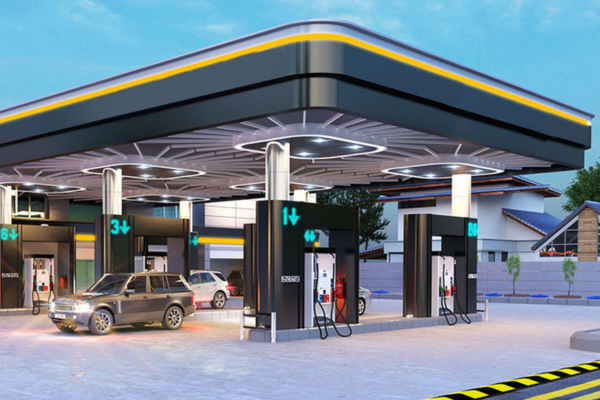
What Our Client Says
Understand from our clients what they say about doing business with us and the unique value addition we provide.
“The gas station construction project exceeded my expectations. The design was efficient, and the team completed the work promptly. It’s clear they value quality and customer satisfaction. My business operations have significantly improved thanks to their excellent work.”

Johnathan Miller
Business Owner
“I’m impressed with the professionalism and expertise showcased during the gas station construction. The team adhered to strict timelines and delivered a fully functional facility. I’ll certainly recommend their services for anyone looking for reliable and skilled contractors.”

Sandra Lopez
Fleet Manager
Discover the Power of Gas Station Construction
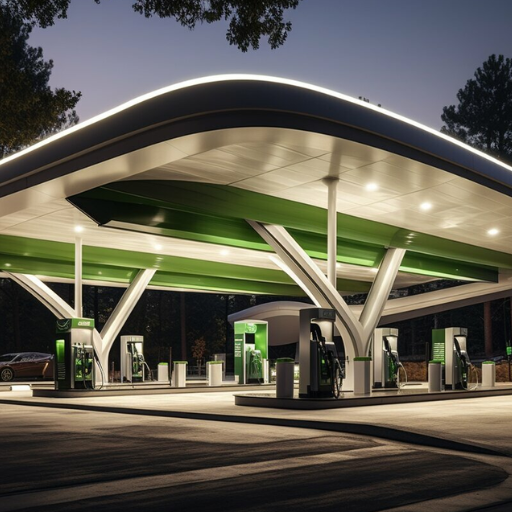
How Do You Build a Gas Station?
Building a gas station involves multiple steps, starting with planning and securing the necessary permits. The process begins with selecting a suitable location, determining zoning requirements, and conducting feasibility studies. Next, you develop a detailed site plan, including underground storage tanks, fuel pumps, a convenience store (if applicable), and parking areas. After obtaining the required approvals, construction begins with land preparation, installation of underground tanks, and construction of buildings and fueling structures. Finally, you install equipment, complete safety inspections, and comply with environmental regulations before opening the station to the public.
How Much Does It Cost to Construct a Gas Station?
The cost to construct a gas station can range widely, typically from $250,000 to $2 million or more, depending on the size, location, and included amenities. Factors influencing the cost include land acquisition, licensing and permits, underground fuel tanks, fuel dispensers, building construction, and any additional services such as car washes or convenience stores. Larger, more modern gas stations usually fall on the higher end of the cost spectrum.
How Big of a Lot Do You Need for a Gas Station?
The size of a gas station lot varies but generally requires a minimum of 0.5 to 1 acre of land. A larger lot, often 2 to 3 acres, is preferred if the gas station includes extensive parking, additional fueling lanes, or facilities such as a convenience store or car wash. The lot size should account for efficient traffic flow, safety, and compliance with local zoning regulations.
What Zoning Do You Need for a Gas Station?
Zoning for a gas station typically falls under commercial or mixed-use zoning classifications. Local authorities may impose additional requirements, such as proximity to residential areas, environmental restrictions, and safety measures. You must consult local zoning laws and work closely with city planning departments to ensure compliance.
Where Is the Best Place to Put a Gas Station?
The best location for a gas station is in high-traffic areas, especially near major intersections, highways, or urban hubs. Areas with significant daily commuters or nearby complementary businesses (like shopping centers) can also attract more customers. Accessibility, visibility, and proximity to competitors are critical factors when choosing a location.
What Makes a Gas Station Top Tier?
A top-tier gas station stands out for offering high-quality fuel, excellent amenities, and superior customer service. Specific fuel brands may meet “Top Tier” standards, which indicate superior detergents and additives that improve engine performance and cleanliness. Additionally, a modern design, clean restrooms, a well-stocked convenience store, and competitive fuel prices contribute to a top-tier experience.
How Big Are Tanks Under Gas Stations?
The underground storage tanks (USTs) at gas stations commonly range in capacity from 10,000 to 30,000 gallons. Stations with high fuel demand may use multiple tanks of different sizes to store various fuel types, ensuring a steady supply for customers.
Why Do Gas Stations Have Flat Roofs?
Gas stations typically have flat roofs because they are cost-effective, easier to construct, and offer better space utilization for features like signage, HVAC systems, or solar panels. Flat roofs also contribute to a sleek and modern aesthetic, aligning with the efficient design of most gas station structures.
Latest Blog Posts
Maintain Inventiveness by Following The Blog for the Latest Best Practices, Techniques, Innovations, and Insights in the Field.
With the designs of fuel dispenser nozzles as flagship models, other limited components of the modern fuel-dispensing technology can hold […]
Fuel dispensing and nozzle dispensing products are a great distraction from everyday life. Behind the scenes, on a normal day, […]
The real challenge with owning and operating a gas station is comprehending all the details required to make it work. […]
Among alternative fuels, LPG and CNG are a duo that has transformed the energy scenario. They are touted as cleaner […]
Have you ever thought about the reason why gas pumps stop automatically when you’re fueling your vehicle at the gas […]
Refueling any vehicle may occur as if it were any average gas station. From the quality of fuel offered to […]
The very crux of the fuel dispenser lies in its ability to ensure efficiency, reliability, and accurate fuel management. High […]
Fuel dispensing systems are critical in facilitating the day-to-day retail transactions in fuel businesses. For businesses in this industry, commercial […]
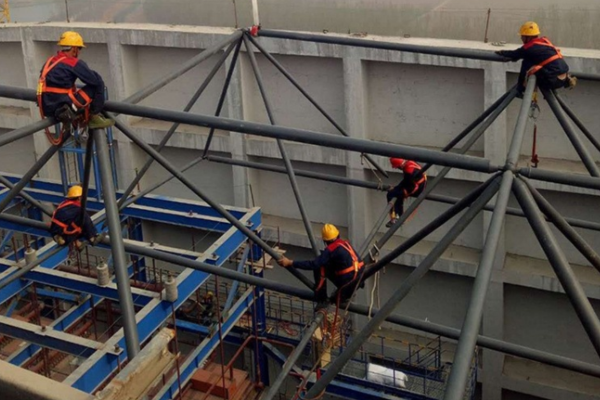
Get Gas Station Construction Process Related Content
Discover the essential steps involved in gas station construction, from site selection to design and compliance with local regulations. Gain in-depth insights into the process to ensure a smooth and efficient project. Start exploring expert advice and resources now to bring your gas station vision to life with confidence!
Frequently Ask Questions
Q: What permits are required for building a gas station?
A: Building a gas station requires several permits, including zoning permits, environmental permits, and building permits. Local and state regulations should be reviewed to ensure compliance.
Q: How long does it take to construct a gas station?
A: The construction timeline can vary but generally takes 6 to 12 months, depending on project size, location, and factors like weather or permit acquisition delays.
Q: What are the main components of a gas station?
A: Key components include fuel tanks, fuel pumps, a convenience store or office, canopies, parking spaces, and safety systems such as fire suppression and leak detection.
Q: What is the cost range for constructing a gas station?
A: The cost of building a gas station usually ranges from $1 million to $3 million, influenced by factors like location, size, and additional features such as convenience stores or car washes.
Q: Are there environmental regulations to consider?
A: Yes, strict environmental regulations must be followed, including measures to prevent soil and groundwater contamination, as well as compliance with local environmental protection agencies.
Q: Can gas stations incorporate sustainability measures?
A: Absolutely. Sustainable options include installing solar panels, energy-efficient lighting, and offering electric vehicle (EV) charging stations to reduce environmental impact.
Q: What safety measures must be included in gas station construction?
A: Safety measures include proper ventilation, fire suppression systems, spill containment, and emergency stop systems to ensure both staff and customer safety.
Q: What factors affect the choice of location for a gas station?
A: Factors include traffic flow, visibility, accessibility, proximity to competitors, and population demographics in the area to maximize customer access and profitability.

